Termites are one of the pests that are hard to eliminate. And most of the time you won’t
notice them until the damage has already been done.
Before you attempt to repair the damage, it is best to get rid of the termites. If you don’t, they will continue to do damage to your structure. You can attempt to get rid of termites by yourself or contact your local termite specialist to help remove your unwanted guests.
How to recognize the presence of termites.
When termites infest wood, you’ll notice some pest residue, feces, and termite eggs. So when cleaning, you have to make sure you remove all of them from the wood. It will also help if you use a vacuum cleaner.
Read more to answer how do you repair termite damage:
Once you’ve eliminated the termite’s and any of their residue, check to see if the damage is minimal or structurally unsound and needs replacement. If the damage is small, you can start applying wood hardeners or fillers.
Above is only a small sampling of the many products on the market, as we could not list them all.
However when you Google, you will find that most major home improvement and marine supply stores like Home Depot, Lowe’s, Ace Hardware, Meeks Lumber, Menards, Tractor Supply, West Marine and a host of others may have just what you need.
Once you are rid of termites, there are basically two ways of repairing the damage:
1. The application of penetrating liquid wood hardeners and wood fillers.
2. Replacing the wood itself.
Follow these steps below to complete your project:
1. Fixing termite damage in wood with a penetrating liquid wood hardener and filler.
Replacing the void of termite damaged in wood involves cleaning away the infected and eaten away wood.
To do this, make sure that you remove the soft or weak wood by cleaning the soft and weak wood with a scratch-all pick, wire brush or small chisel. Then clean with a recommended cleaner or solvent to thoroughly clean the area from residue.
Apply a liquid penetrating wood hardener and then wood patch filler.
There are one-part and two-part penetrating epoxies that will sink in and penetrate, while strengthening the wood that has been weakened and can’t be removed.
Once mixed, you can then generously apply it with a brush. Let it dry or cure according to instructions on label.
Apply wood patch filler.
When patching, you’ll have to match the original shape of the wood, so you need to put in as much filler as is necessary to bring back the original shape.
Using a putty knife, fill the gaps and holes with wood filler. Again: Make sure you sculpt the void to bring back to original shape as best as possible.
Some wood fillers are also a two-part system that needs to be mixed. It is important to read the instructions carefully.
Sand the surface.
Once the wood filler dries or cures, you’ll need to sand the surface to eliminate any imperfections. Wipe off the excess dust with a soft cloth.
Apply primer and paint.
Now that the surface is restored back to original shape you can apply the primer, and/or paint.
2. Repair termite damage by wood replacement.
The usual target of termites is the wall frames of the house. If you see the termite colonies in your house walls’ frame, you can go through the steps below:
When doing a wood replacement, you can either replace only the damaged part of the wood, or if the wood is to damaged – you can replace the whole wood frame, stud, flooring, siding, or support.
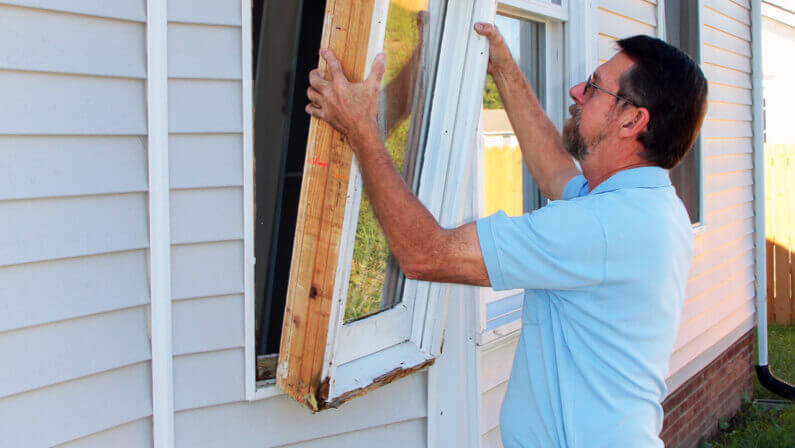
Remove the wall studs, sheeting, or flooring to see the damage.
Identify which flooring, studs or sheeting is badly damaged and unrecoverable. You can cut out the damaged sections to see how far the termites have gone through.
Remove the damaged wood frame.
Carefully remove the damaged and eaten wood. If some studs have stuck to the sheathing by nails,
you can use a reciprocating saw (Sawzall), or a Multi-Tool to cut the nails and release from the wood.
Once the nails are cut off, you can remove the wood. Be careful not to damage the good wood, or outer wall when prying the wood apart.
Clean the wood surface.
At this point, the clean and undamaged studs that remain. You can use a brush to remove the hardened dirt. You should also remove any missed or protruding nails with the reciprocating saw or multi-tool.
Measure and install the new wood – Measure twice – cut once to avoid any mistakes.
Measure the space where you cut the studs or flooring, to get the exact measurements for the new wood.
Once the wood is cut to size, install it with nails or screws. You may also want to run a bead of construction adhesive on the outside or underside of the stud or flooring, so it attaches to the areas you cannot re-nail the outer wall or flooring materials. Then attach the interior wall sheet, or new flooring and joist.
When all the studs, flooring and wall materials are in place, you can then prep the area and apply the primer, paint or wall covering.
Reminder:
Your knowledge of how to repair termite damage will determine the outcome of the project.
If you’re not entirely informed about termite damage, the repair might cause more problems than anticipated. Especially if you could not remove the termite eggs.
Even though there are different ways of repairing termite damaged wood, some damages need professional help. Instead of doing it yourself and investing more money, time, and effort, you might want to seek the help of experts.
El Gato can help you evaluate the extent of your damage and incorporate your repairs into the painting project.
El Gato Painting is your best choice for repairing termite-damaged wood at an affordable price. They can repair your wood and apply paint to protect it from termites, and restore it to its original beauty.
Termite damaged wood? Don’t wait for more damages to come. Call El Gato Painting today!
El Gato Painting has the knowledge, track record and reputation to do your project right. The first time.
Topics we will discuss with you before you hire us.
- We’ll furnish you our complete list of satisfied customers.
- Verify we are licensed and insured.
- Agree with you in writing on price and responsibilities.
- Be sure you get our best warranty for the work.
- Make sure we use high-quality materials and paints.
- We’ll carefully go over our 21 steps of preparation and application.
- Welcome your questions and concerns.
- Look forward to your final inspection of our crew’s excellent work.
Please visit our Certification pages:
– Google Page for our long list of 5 Star Ratings.
– El Gato Painting Services From our website here
– Reviews for the company Customer testimonials from our website here
This will give you the peace of mind that you have hired trustworthy and reliable professionals.
Contact El Gato Painting Services today and get a free quotation!
Click on Cat QR to PRINT
The El Gato Difference brochure

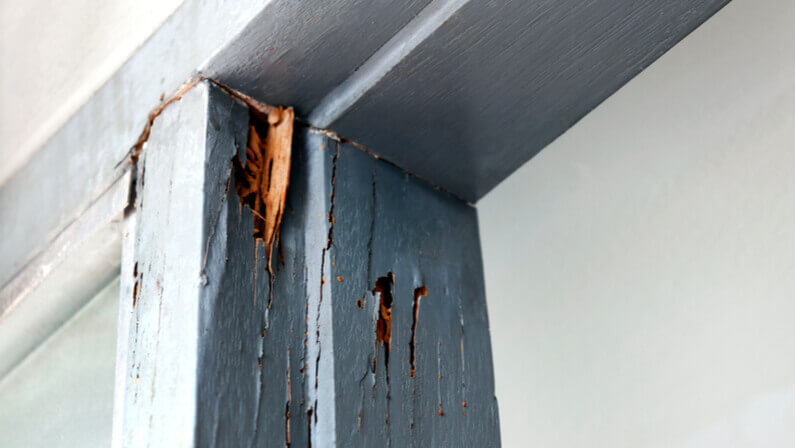
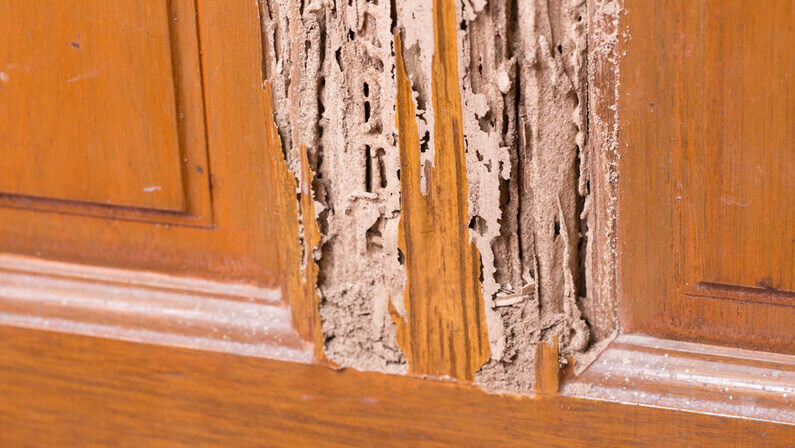
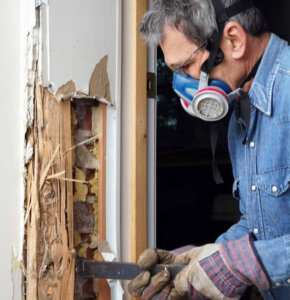


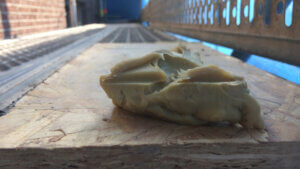







Comments are closed.